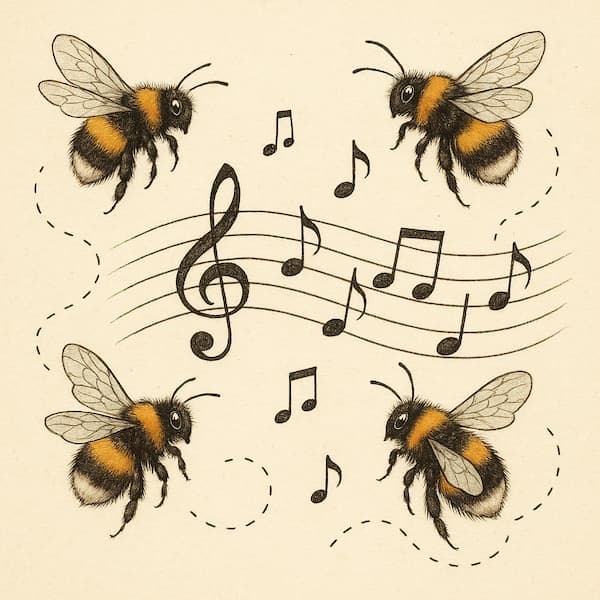Keyboard instruments in the middle of the 18th century, including harpsichord, spinet, virginal and organ, had a rather small range of about five octaves. In addition, the keys were usually very narrow, much tighter than those for modern pianos. As such, compositions for 4 hands had to wait for technical improvements and mechanical inventions to make such a repertoire a possibility.
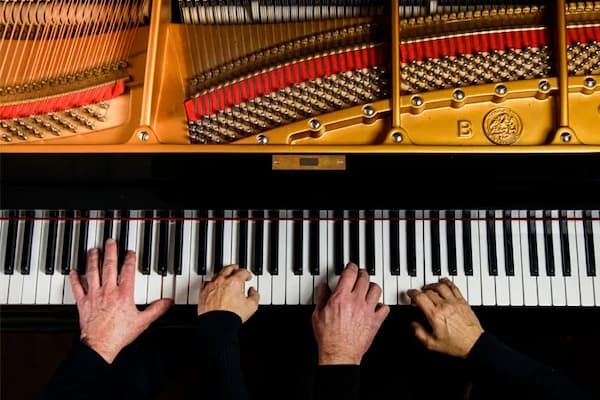
As a scholar writes, “the most prerequisite of the 4-hand genre was the establishment and spread of the pianoforte as the most important keyboard instrument, for which most newly composed repertoire was soon written.” And while there was plenty of 4-hand music appealing to the senses of cultivated amateurs, it was soon fashionable to play orchestral and operatic compositions in the living room.
The pianistic demands of these works were generally high, but they provided the opportunity to make music “with unexpected sonority while managing to recreate an entire operatic stage within an intimate and private setting, with relatively little effort.” We thought it might be fun to look at opera in the living room through the lens of performances for piano 4-hands.
Felix Mendelssohn: Die Hochzeit des Camacho, Op. 10, “Overture”
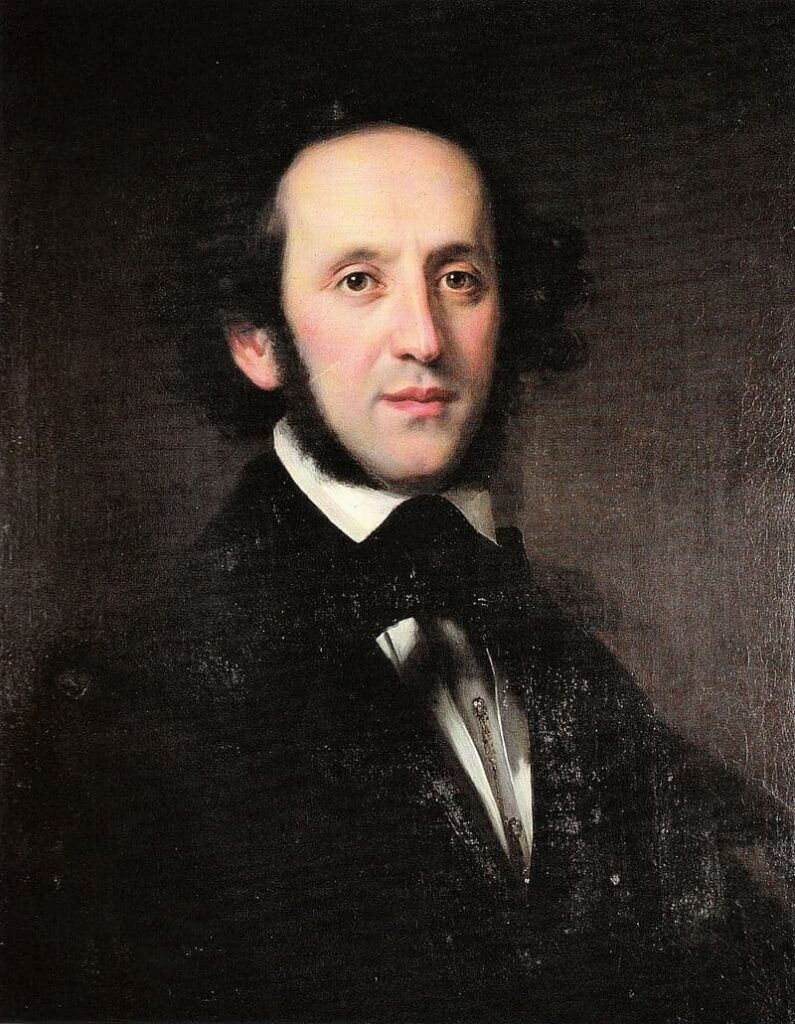
Eduard Magnus: Mendelssohn, 1846
Felix Mendelssohn: Die Hochzeit des Camacho, Op. 10, “Overture” (Sontraud Speidel, piano; Franziska Lee, piano)
Felix Mendelssohn was one of the most celebrated composers of the 19th century, and he was also one of the greatest pianists of his era. Mendelssohn was very interested in creating four-hand arrangements because orchestral and operatic scores were not really available in print. But you could get to know a work via inexpensive four-hand arrangement. And authenticity was guaranteed with the composers themselves fashioned them.
The Marriage of Camacho is Mendelssohn’s only completed work for the operatic stage. The action takes place in Spain, and the libretto is based on an episode of The Adventures of Don Quixote. Mendelssohn was only 16, and there was a good chance of the work appearing on stage, but the Berlin music director Gaspare Spontini did not like Mendelssohn at all. The opera was finally staged in 1827, but in a much smaller venue.
Audiences loved the new opera and its composer, but Mendelssohn was dissatisfied because of negative reviews. Mendelssohn gave up on the opera, but not before a piano score of the opera was published in 1828. Making four-hand arrangements was one of the most important means of distributing music before the advent of mass reproduction, and Mendelssohn knew it well.
Franz Schubert: 8 Variations on a Theme from Herold’s Marie, Op. 82, D. 908
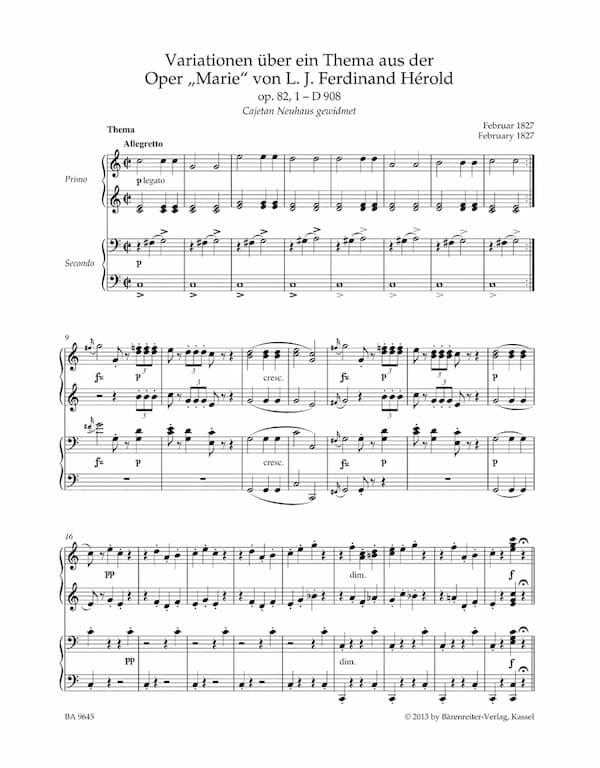
Franz Schubert’s 8 Variations on a Theme from Herold’s Marie
Franz Schubert: 8 Variations on a Theme from Herold’s Marie, Op. 82, D. 908 (Saito Duo)
In 1826, Vienna staged a highly popular production of Louis-Ferdinand Hérold’s opera Marie. Not necessarily a household name today, Hérold was the author of three operas, twenty-seven opéras-comiques and several ballets. Located midway between Auber and Offenbach in the development of the opéras-comique, Hérold incorporated elements of both Rossini’s and Beethoven’s musical language. He eventually produced two masterpieces, Zampa and Le Pré aux clercs to ensure his fame.
In the event, the Viennese production was a huge success, and Schubert quickly jumped on the bandwagon. He selected a tune sung by the miller Lubin, who expresses his contentment with his life to the accompaniment of the clacking of the water wheel. It’s a simple ditty, but Schubert’s variations “are full of beauty, creating magically delicate sound words while being faithful to the harmonic structure of the tune.”
The water wheel accompaniment is clearly heard in the eighth and last variation before the music accelerates into a virtuoso finish. There is even a hint of the “Wanderer” in one of the variations. Critics were delighted, and the AMZ in Leipzig wrote, “this is the best of his that has so far come our way. The theme is… captivatingly treated… the variations are… diversified, and rich without affectation, it must be numbered among the best of recent times.”
Carl Maria von Weber: Der Freischütz, “Overture”
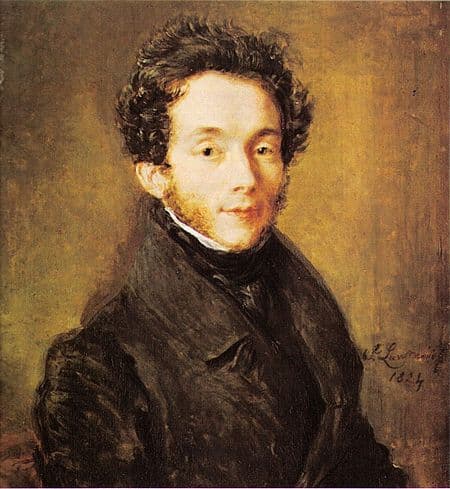
Painting of Carl Maria von Weber by Thomas Lawrence
Carl Maria von Weber: Der Freischütz, “Overture” (Alexander Paley, piano; Brian Zeger, piano)
Der Freischütz by Carl Maria von Weber is a dark story of a young hunter who finds himself unbeknownst in league with the Devil as he attempts to win a shooting contest so as to earn his girlfriend’s hand in marriage. The composer declared that the opera was celebrated by its world premiere audience in Berlin in 1821 with the “most incredible enthusiasm.”
It became one of the most performed operas on German stages, and international productions soon followed. As a sign of popular appeal, composers produced countless parodies and piano arrangements sold in huge numbers. In more recent times, adaptations have seen a Rock Opera and the music used in the anime Hellsing. It is worth remembering that Der Freischütz was almost certainly an important source for the young Richard Wagner.
Richard Wagner: Grande Fantaisie sur La Romanesca fameux air de danse du XVI siècle (Henri Herz)
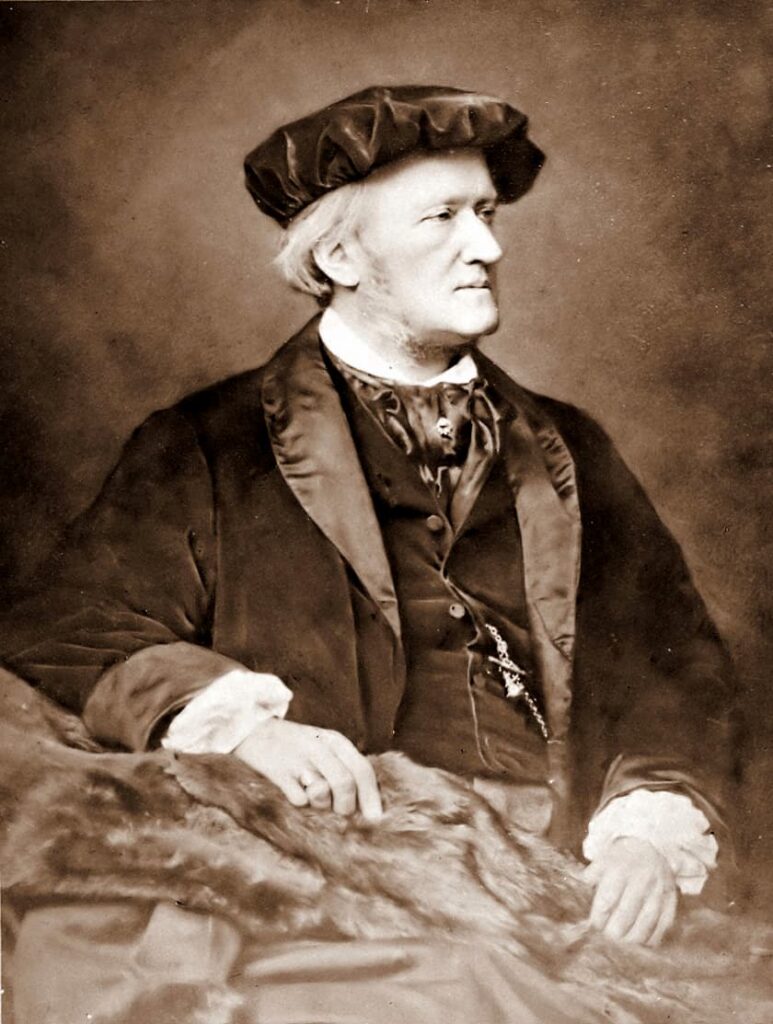
Richard Wagner
Richard Wagner: Grande Fantaisie sur La Romanesca fameux air de danse du XVI siècle (Henri Herz) (Duuo Tal and Groethuysen)
Talking about Richard Wagner, the young composer produced a number of arrangements to hone his orchestral skills. He tweaked the instrumentation of operas by Bellini, Meyerbeer, Rossini, and Fromental Halévy. He also re-orchestrated the famous hunting chorus from Carl Maria von Weber’s Euryanthe. However, it’s not all orchestral arrangements for Wagner as he also fashioned a number of piano arrangements, specifically one for piano 4 hands.
Wagner’s arrangement of Henri Herz is not strictly operatic, but Herz was clearly one of the most brilliantly fashionable musical personalities of his day. He drew huge audiences in Europe and successfully toured America. And here might be the surprise: during the early part of the nineteenth century, his music outsold that of Liszt and Chopin. Herz himself fashioned wonderful arrangements of operatic tunes.
As Wagner was financially struggling during his time in Paris, it is not surprising that he started to produce arrangements in the spirit of the time. Mind you, Wagner never made arrangements of his operas as he left that task to some of his admirers, including at one time, Hans Bülow.
Gabriel Fauré/ André Messager: Souvenirs de Bayreuth, Fantaisie en forme de quadrille sur les thèmes favoris de L’Anneau du Nibelung de Richard Wagner
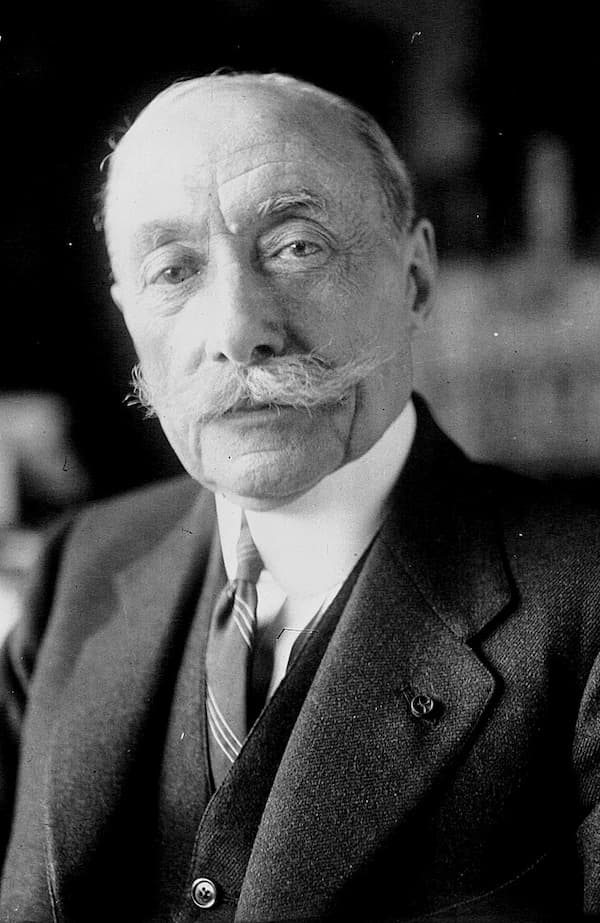
André Messager
André Messager (1853-1929) is primarily remembered as a composer of light music. He was a composition student of Gabriel Fauré, who immediately acknowledged his comprehensive ability. He writes, “he is familiar with everything, knowing it all, fascinated by anything new.” They quickly moved from being master and student to being firm friends and occasional musical collaborators.
Messager and Fauré frequently travelled together, and in 1879, they visited Cologne to see Wagner’s “Rheingold” and “Walküre.” They also saw the complete Ring Cycle in Munich and, in 1888, made their first pilgrimage to Bayreuth, which inspired an entire generation of French musicians. On that occasion, they created an entertaining piece for piano four-hands called “Souvenirs de Bayreuth.” Apparently, they performed this little gem with great regularity in the leading music salons of Paris.
However, when we listen to the opening measures, it’s pretty clear that this tribute is not entirely devotional. In the lengthy subtitle, we learn that the piece is not an arrangement but a “Fantasy” in the form of a popular dance. There is no religious reverence whatsoever but a transformation of Wagner’s arching melodies and fanfares into dance ditties. The Valkyrie motto serves as a kind of refrain, and the light-hearted “Ride” gets things started.
We also hear other themes and leitmotifs, including the music for the magic helmet, the Walsung theme, Siegried’s love theme, and the highly-popular Magic Fire Music. We all know the themes, but it is worth listening to the twinkling syncopations and Oompa accompaniments. While this fun opera arrangement dates from the late 1880s, Messager and Fauré hesitated to offer the work in print; it was issued posthumously only in 1930.
For more of the best in classical music, sign up for our E-Newsletter

